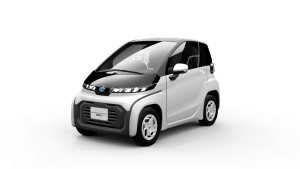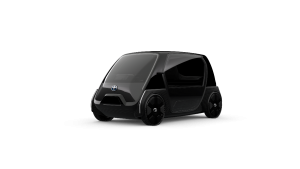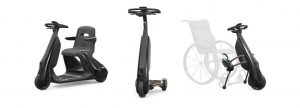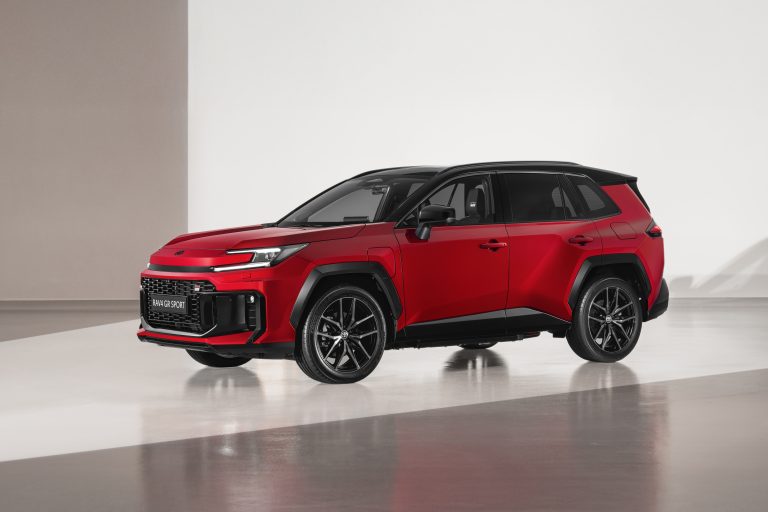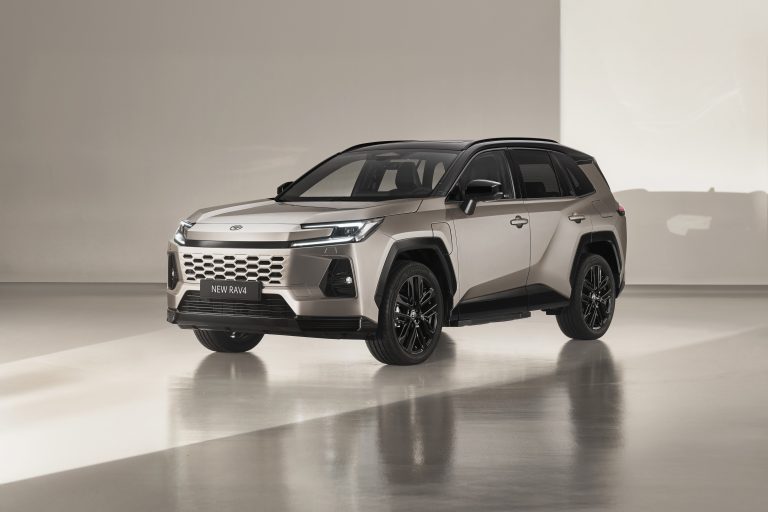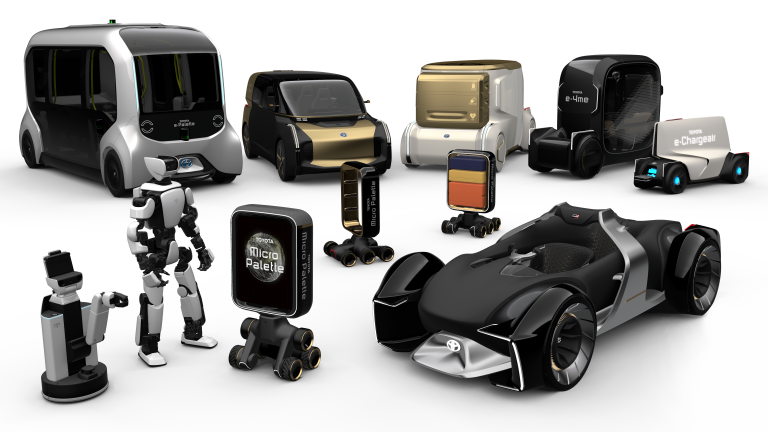Toyota To Present Production-Ready Ultra-Compact Battery Electric Vehicle At The 2019 Tokyo Motor Show
- New model scheduled for launch in Japan in late 2020 as part of Toyota’s business model to popularise battery electric vehicles (BEVs)
- Additional Toyota BEVs, including Walking Area BEV and the Toyota i-ROAD will be available for test drives at the Tokyo Motor Show
Toyota will present its new, production-ready Ultra-compact Battery Electric Vehicle (BEV) at Future Expo, a special exhibition at the 2019 Tokyo Motor Show (23 October to 4 November). The show date is ahead of the vehicle’s planned commercial launch in Japan in late 2020.
The new BEV is a next generation mobility solution designed for short-distance travel with limited impact on the environment.
“We want to create a mobility solution that can support Japan’s ageing society and provide freedom of movement to people at all stages of life,” said Akihiro Yanaka, Head of Development. “With the Ultra-compact BEV, we are proud to offer customers a vehicle that not only allows for greater autonomy, but also takes up less space, creates less noise and limits environmental impact.”
The two-seater Ultra-compact BEV is designed to meet the mobility needs of people who make regular, short-distance trips, such as elderly people, newly licensed drivers, or business people visiting local customers. It has a driving range of approximately 100km (62 miles) on a single charge and maximum speed of 60km/h (37mph). It has an extremely tight turning radius.
Toyota is pairing its planned 2020 launch of the Ultra-compact BEV with a new business model that aims to promote the wider adoption of battery electric vehicles in general. This includes scrutinising every step of the battery’s lifecycle, from manufacture through sale, resale or re-use to recycling, to maximise its value. In the near term, Toyota will focus on expanded leasing initiatives, designed to recapture used batteries for evaluation and re-use as appropriate in pre-owned vehicles, as service parts, or even in non-automobile applications. Toyota is also developing peripheral services for BEVs, such as recharging stations and insurance.
Toyota is exploring applications for its compact, short-distance BEVs beyond individual mobility. For example, the Ultra-compact BEV is well suited to meet the mobility needs of local authorities in Japan that are working to create safe, unrestricted and environmentally efficient transport options in urban and mountain communities. Toyota is already engaging with around 100 corporate and government partners to explore new transportation models that would include BEVs such as the Ultra-compact BEV, and is in ongoing discussions with others.
Toyota’s Ultra-compact BEV will be included in the Future Expo special exhibition at the 2019 Tokyo Motor Show, together with the Ultra-compact BEV Concept Model for Business, which Toyota introduced in June this year. Ticket-holders at the show will be able to experience a range of Toyota’s BEVs in the Open Road exhibit – the Toyota i-ROAD and three different Walking Area BEVs will be available for test rides on a 1.5km pathway.
Toyota BEVs: model types and principal features
Ultra-compact BEV Concept Model for Business
Designed for business applications that include regular short-distance trips and parking, the Ultra-compact BEV Concept Model for Business serves as a mobile office with three operating modes to support travel, work, and taking a break.
Walking Area BEV – Standing Type
The Walking Area BEV – Standing Type can be used for patrols, security checks or the movement of heavy equipment around large facilities such as airports and factories.
Walking Area BEV – Seated Type
The Walking Area BEV – Seated Type provides mobility for people handling large amounts of luggage, or who may have difficulty walking.
Walking Area BEV – Wheelchair-linked Type
Walking Area BEV – Wheelchair-linked Type can be connected to manual wheelchairs to provide motor power for use at large facilities and tourist locations.
Toyota i-ROAD
The Toyota i-ROAD is a short-distance BEV that is about the same size as a motorcycle, but has better stability. It is designed for last-mile urban commuting and tourism functions.
Model specifications (based on internal measurements)
| Name | Ultra-compact BEV | Ultra-compact BEV Business Concept | Walking Area BEV | Toyota i-ROAD | ||
| Standing | Seated | Wheelchair | ||||
| Release date | Winter 2020 | n/a | Winter 2020 | 2021 | 2021 | n/a |
| Capacity | 2 people | 1 person | 1 person | 1 person | 1 person | 1 or 2 people |
| Length (mm) | 2,490 | 2,490 | 700 | 1,180 | 540 | 2,345 |
| Width (mm) | 1,290 | 1,290 | 450 | 630 | 630 | 870 |
| Height (mm) | 1,550 | 1,550 | 1,200 | 1,090 | 1,090 | 1,455 |
| Max, speed (km/h) | 60 | 60 | 2,4,6
(switchable) |
2,4,6
(switchable) |
2,4,6
(switchable) |
60 |
| Range on single charge (km) | 100 | 100 | 14 | 10 | 20 | 50 |
| Approx, charging time | 5 hours
(220V) |
5 hours
(220V) |
2.5 hours
(replaceable battery) |
2 hours
(replaceable battery) |
2.5 hours
(replaceable battery) |
3 hours |
ENDS

